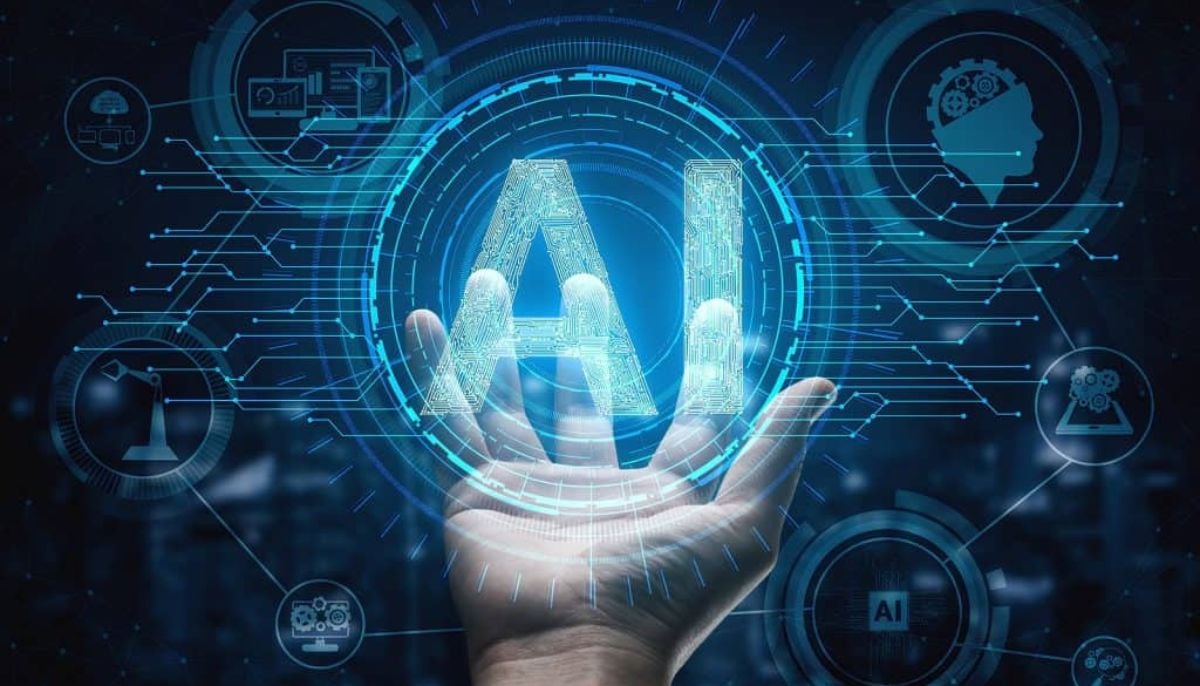Home / Technology
AI in classrooms: Teachers and students share conflicting views
Artificial intelligence is reshaping education, but not everyone is on the same page

Artificial intelligence (AI) is reshaping education, but not everyone is on the same page. As more schools, colleges, and universities introduce AI in classrooms, opinions are growing increasingly divided between teachers and students.
Some educators believe using AI in classrooms can enhance learning, offering tools that simplify grading, assist with lesson planning, and prepare students for a tech-driven future.
However, others see it as a threat to creativity and genuine learning. California professor Toddy Eames, for instance, calls AI a “crutch,” arguing that it allows students to skip the process of thinking and discovery.
Meanwhile, many students see AI in classrooms as an opportunity. They use tools like ChatGPT to brainstorm, research, and understand complex subjects faster.
“It helps us learn smarter, not lazier,” one student said, reflecting the growing acceptance among younger learners.
Education officials insist that AI should supplement, not replace, traditional teaching.
Moreover, partnerships between universities and tech companies like Microsoft and OpenAI aim to ensure fair access to the technology while promoting responsible use.
That said, the debate continues: is AI in classrooms enhancing education or not? As the technology becomes more widespread, both teachers and students must find a balance between innovation and human creativity.